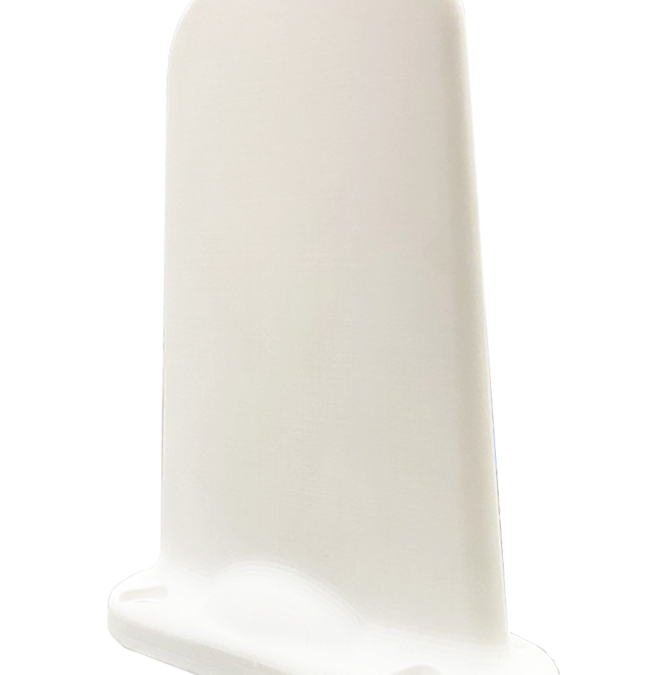A radiofrequency filter is a component that improves the performance of an antenna by allowing it to be more precise with which signals it receives. In this post, we briefly introduce RF filtering, as well as describe four different kinds of RF filters.
RF filters essentially remove the unwanted signals and only accept selected signals.
The pass band is the band of frequencies below the cut-off frequency of the filter. The cut-off frequency of the filter is point at which the output level from the filter falls to 50% (-3 dB) of the in band level, assuming a constant input level.
The stop band of the filter is the band of frequencies that is rejected by the filter. It’s the point at which the filter reaches its required level of rejection.
There are several types of filters, each with a specific function.
With different uses and the ability to incorporate multiple combinations within a system, RF filters can be used in nearly and infinite number of ways.
Band pass filters only allow signals within certain frequencies to come through. Frequencies above or below the pass bands will be attenuated (reduced in intensity).

Conversely, band reject filters reject signals within an established RF band. These types of filters are used to weed out unwanted signals that are commonly found within a band.
High pass filters only allow signals that are higher than the cut-off frequency. Above the cut-off, the frequencies are nominally flat. However, bellow the cut-off, the response falls away at a rate determined by the filter.

Low pass filters have the opposite effect of high pass filters. They only allow signals bellow the cut-off. After that point, the response also falls away at a rate determined by the filter.
The ideal pass filter will yield the least loss between the pass band and the stop band.
Realistically, however, it’s not possible to achieve the perfect pass filter, because there will inevitably be some loss within the pass band, neither is it possible to achieve infinite rejection in the stop band. Also, between the pass band and the stop band, the response curve falls away, and the level of rejection rises as the frequency moves from the former to the latter.
In addition to our large selection of commercial and military antennas, JEM Engineering also offers custom solutions for our customers’ platforms. We sometimes collaborate with trusted business partners and suppliers to deliver the best possible solution.

More about PPM Systems
Based in the United Kingdom, PPM Systems specializes in products for government and military sectors, supplying fully customized RF systems designed to address customer-specific SIGINT and COMINT requirements.
They frequently integrate their vast selection of technologies within third-party systems or as part of an antenna system that fulfils a specific customer requirement. These antenna systems utilizes a range of antenna designs, including JEM Engineering’s, to provide application specific performance. PPM offers bespoke filter and RF conditioning solutions for satellite communication (SATCOM), military, and other sectors using a range of filtering technologies and custom application.
Latest Posts

Part I: Introduction to Signal Monitoring
In this issue, we will deepen our understanding of one of the fundamental components of SIGINT: signal monitoring.

Blade Antennas & Their Advantages
In a previous post, we introduced blade antennas in relation to flight qualified antennas. In this post, we elaborate on what blade antennas are, as well as their advantages.

Industry Spotlight: Concealed Antennas
In this blog post, we will explore what concealed antennas are, how they work, and some of their benefits.
